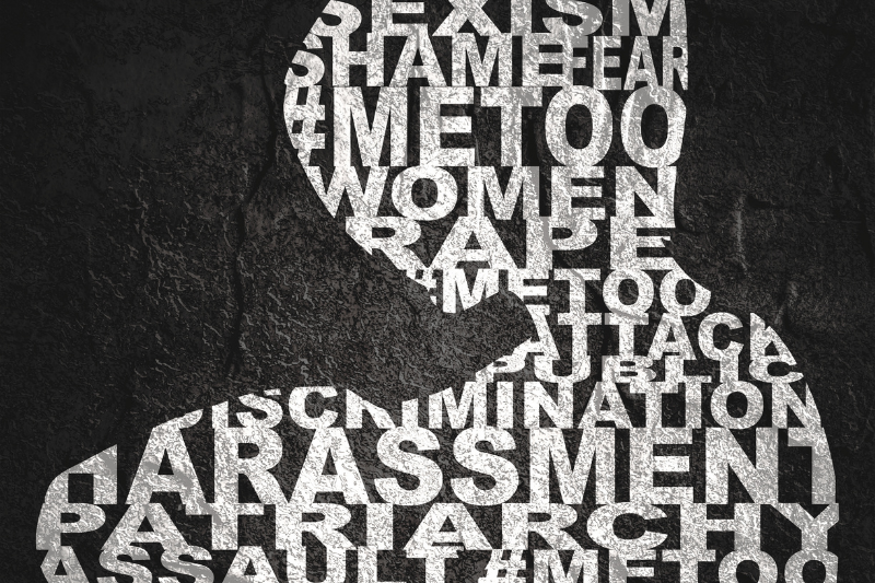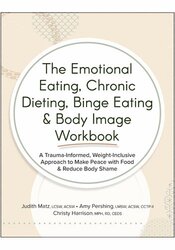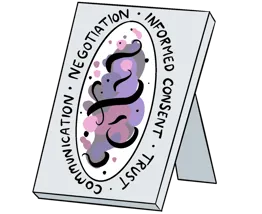Enrol in an online course today for flexible, self-paced learning—no fixed schedule required. Plus, enjoy lifetime access to course materials for convenient revisiting.
Women’s Bodies, Male Privilege and the Fight for Safety

‘No matter how self-assured we are, in a fraction of a second, our lives can be utterly devastated’ (Peter A. Levine, An Unspoken Voice, 2010)
The unearthing of the level of violence towards women and girls, which has quite rightly dominated the news for the last few months, has given us a platform to voice the multiple systemic failures to protect us. It has been a sobering acknowledgement of the ongoing risk faced by women and girls who must find a way to navigate the world within the epidemic of misogyny.
This reality has been the norm for many women, for many generations, at great cost. The multisystemic process of socialisation of women and girls, from an early age, instills a silent contract of marginalisation and invisibility. Trauma happens in the body through these projective processes and societal messages about which bodies are valued. These experiences shape and form our sense of self, identity and entitlement, which can no longer be dismissed. This has led to more thinking about oppression as a form of trauma. I think of this in relation to Ta-Nehisi Coates’ writing about disembodiment as a form of terrorism. This has been disturbingly illustrated recently through the predatory murder of Sarah Everard.
Now more than ever, we need to bring critical consciousness to the gendered violence in society. It’s important as part of this interrogation that we understand the potent misogynoir (Hamad, 2020), the compound form of oppression of both racism and sexism, which takes place when these violent acts fall on black and brown women’s bodies. One of the discourses around the public outrage about the horrific murder of Sarah Everard, much like that which followed George Floyd’s murder, is that violence toward black and brown women’s bodies often becomes overshadowed and goes unnoticed. This is illustrated in the names of black women who are murdered through police brutality going unknown, and the fact that two male police officers felt empowered to take selfie pictures with the bodies of Nicole Smallman and Bibaa Henry, after they were stabbed to death at a park in Wembley.
These behaviours show the level of dehumanisation – particularly with regard to black and brown women’s bodies – still operating within systems supposedly in place to protect and ensure the safety of women. This contributes to the ongoing concern about both the value placed on women’s bodies and how racialised projections become amplified in the investigation of these incidents.
I had my own experience of some of these forces recently when a male tradesperson felt he had a right to abuse me in my own home when I held a boundary about not paying him until the work he was employed to do was completed. It reminded me instantly how vulnerable I was as a woman and how quickly my sense of safety went through his use of male privilege. I felt able to reach out for help to address this abuse of power, and felt it was important to report this to hopefully ensure other women do not have to deal with the same experience with this man.
As therapists, we may be all too used to working with trauma, including gender-related violence. This incident has been a good reminder for me personally of the impact of these kinds of experiences and how a distressing event that lasted just 25 minutes can nevertheless have far-reaching effects. It took many days and weeks for me to feel safe again within my home.
In the therapy profession, we need to acknowledge and speak to these powerful projective processes that actively play out in society and have become normalised – particularly in bodies that are othered. Our bodies are our first homes and when this has been encroached or intruded upon it becomes hard to develop a deep sense of safety. Our work collectively is in being able to value all bodies and give women and girls the right to have the important sense of safety in all spaces and places they occupy. We have a long way to go to achieve this.
Click here to register for the Women, Trauma and Mental Health conference and for full programme details. Available with an Early Bird Saving for a limited time £799 value for only £199.


















